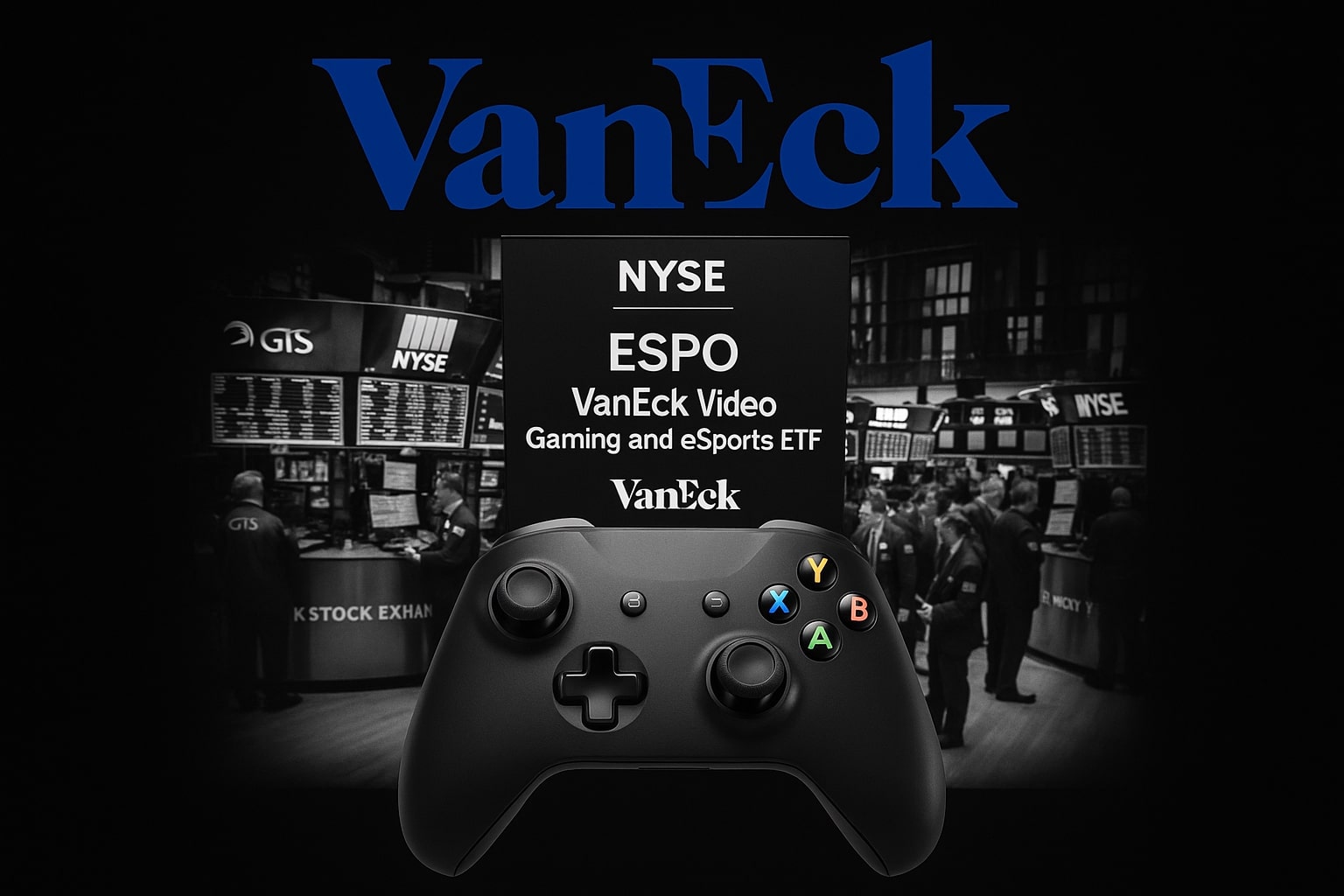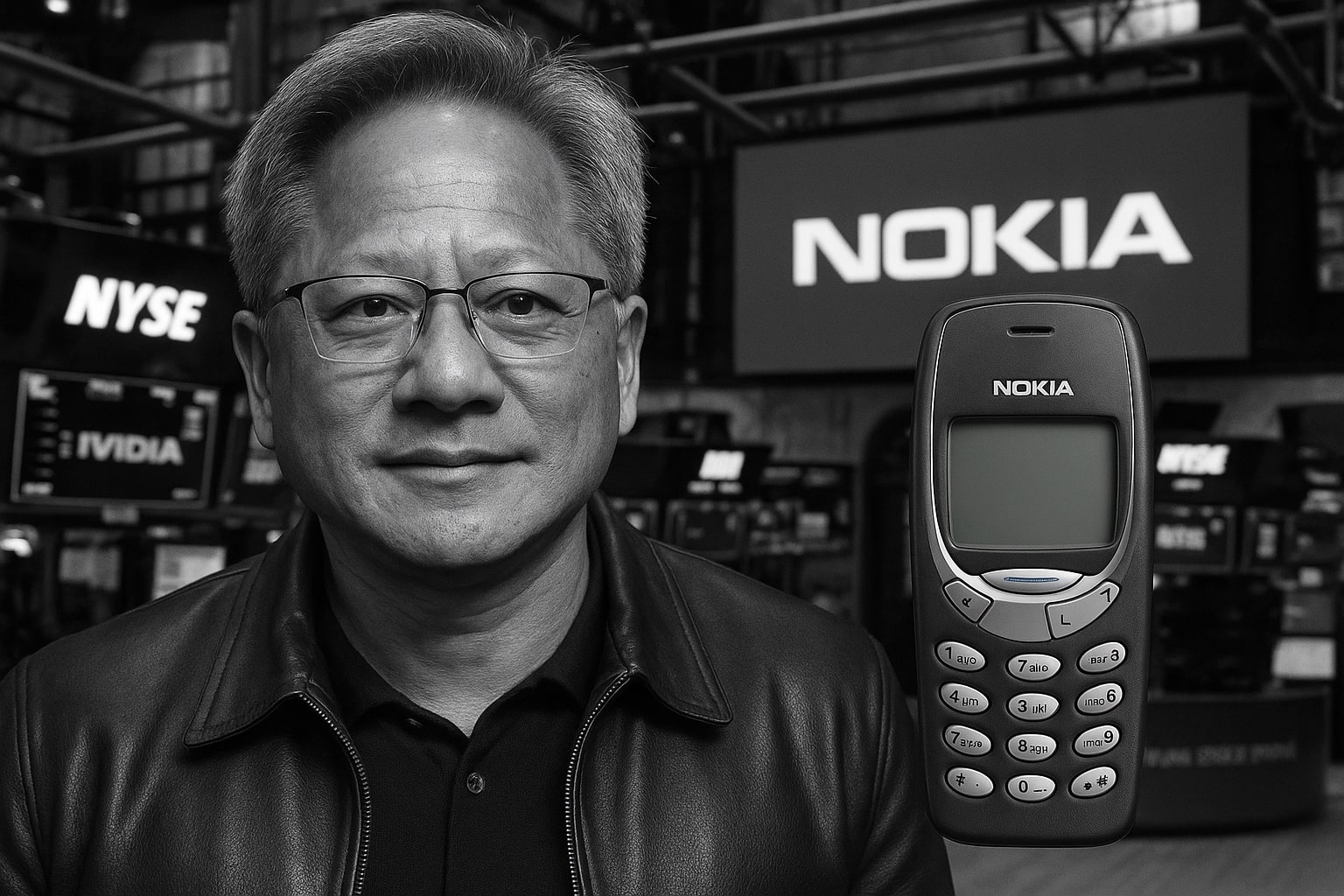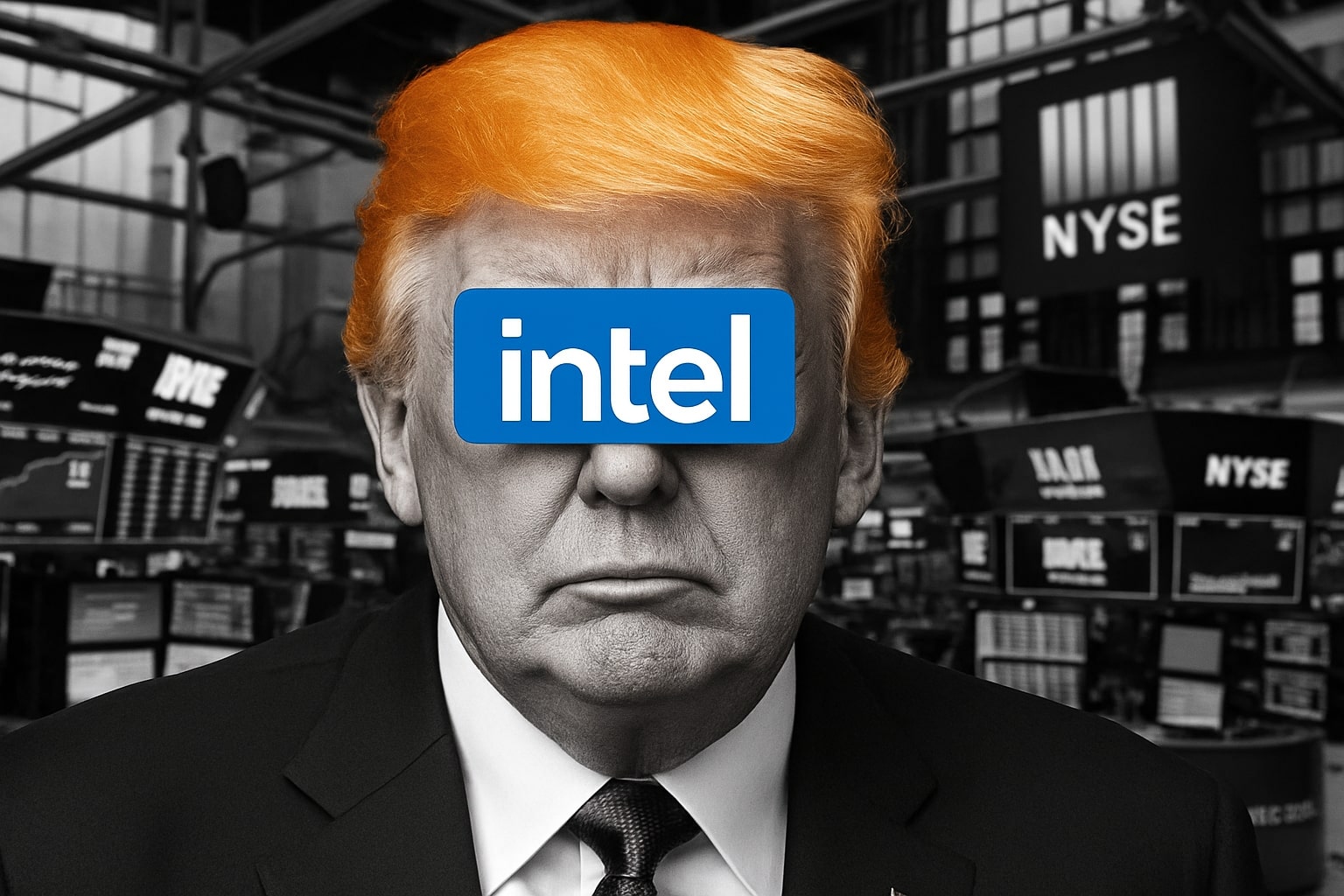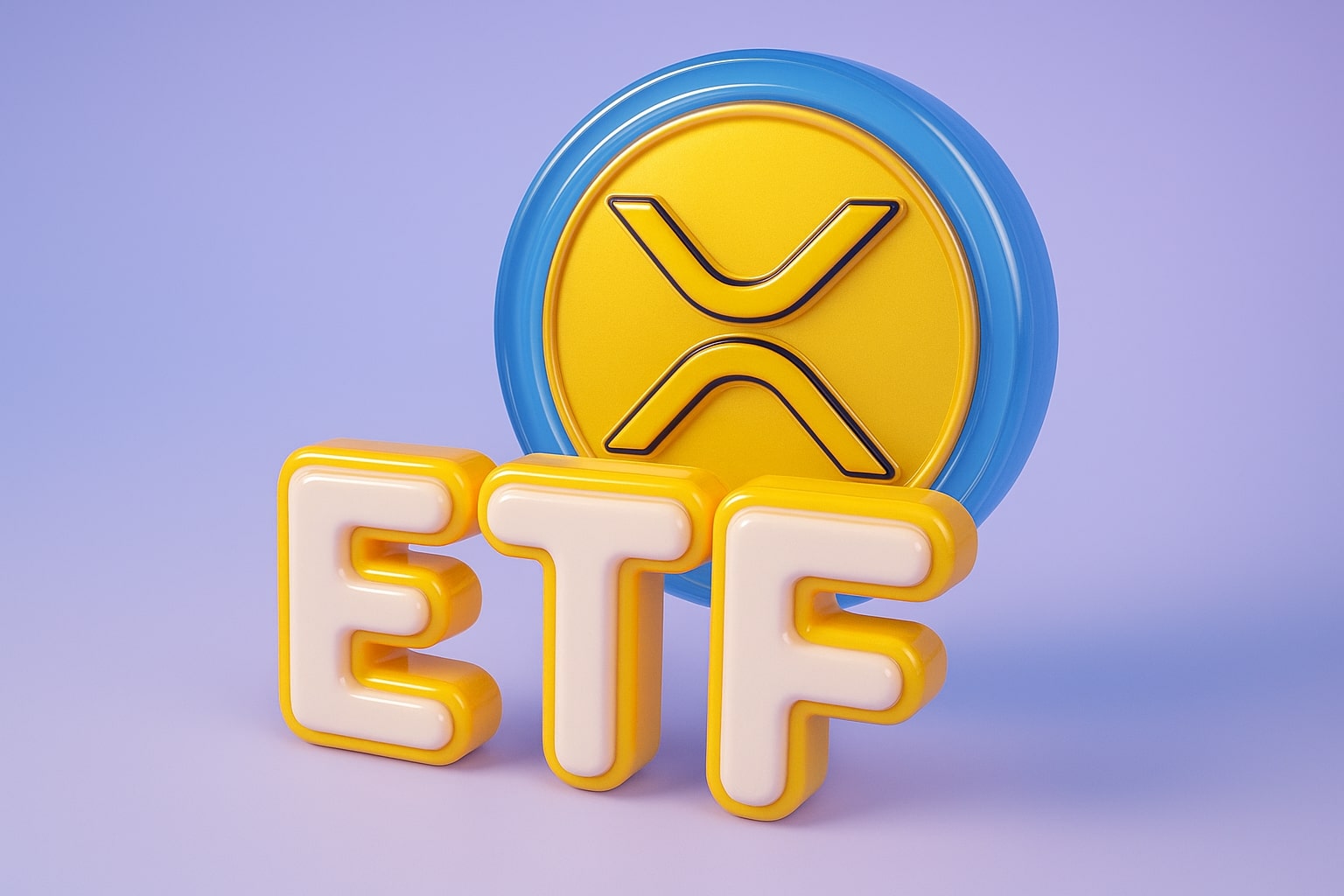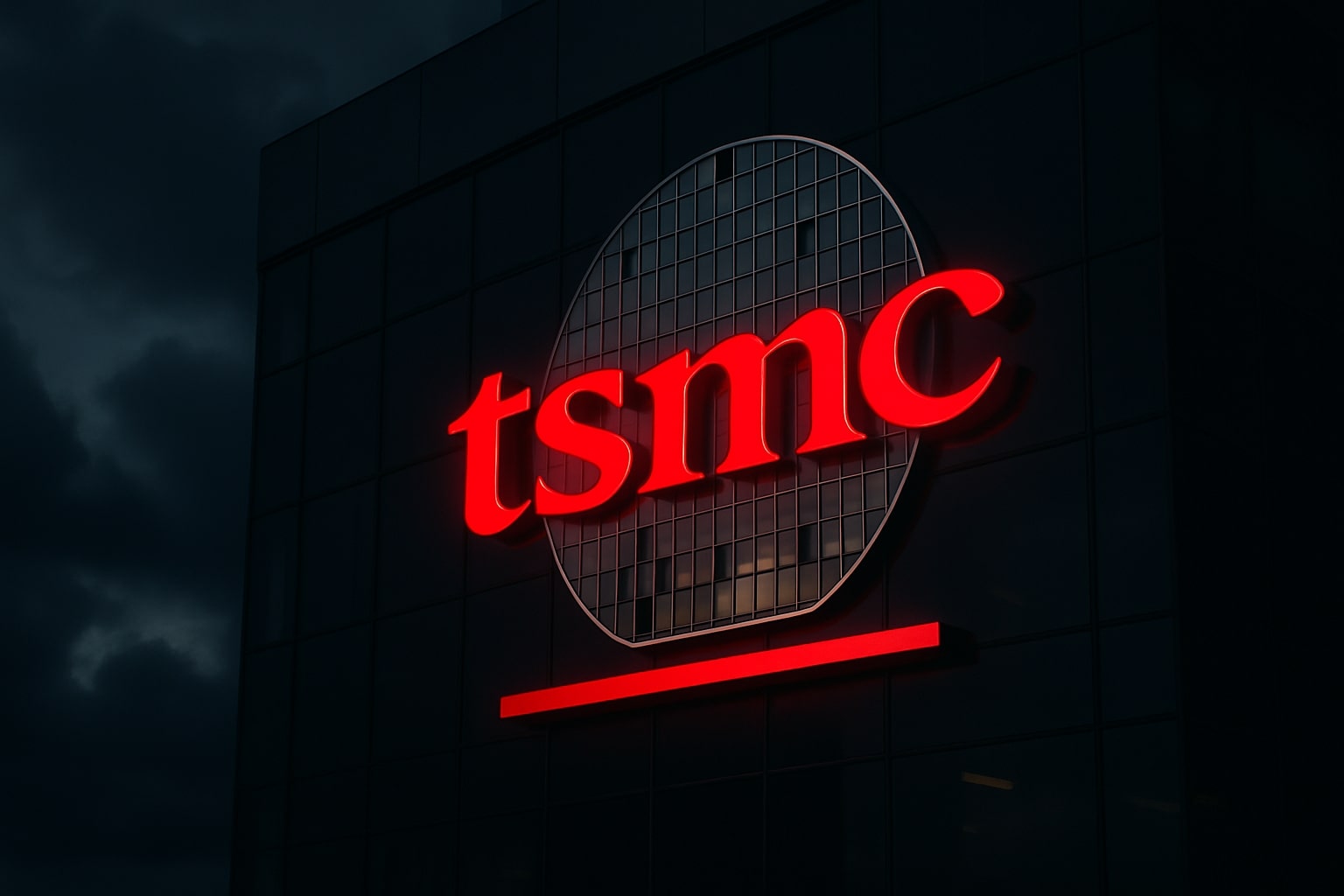
TSMC Stock Price Forecast - TSM Soars to $301.53 on Record $33.1B Revenue and Explosive AI Chip Demand
Powered by 39% YoY profit growth, 60% wafer utilization, and $165B global expansion, Taiwan Semiconductor cements its dominance in AI-driven chipmaking | That's TradingNEWS
Taiwan Semiconductor (NYSE:TSM) Stock Analysis — Record Earnings, Expanding Global Footprint, And The Core Of The AI Supply Chain
TSMC Surges To $301.53 As AI Demand Lifts Profits To Record Highs
Taiwan Semiconductor Manufacturing Company (NYSE:TSM) closed at $301.53, up 1.10%, with after-hours trading pushing the price to $301.94. The stock is now within range of its 52-week high of $311.37, supported by a market capitalization of $1.25 trillion and a P/E ratio of 30.16. The latest quarterly results confirmed that TSMC remains the world’s most critical semiconductor manufacturer, as the company posted record revenue of NT$989.92 billion (US$33.10 billion) and net income of NT$452.30 billion (US$14.77 billion) — a 39.06% YoY increase. Earnings per share rose to NT$17.44 (US$2.92 per ADR), while margins remained exceptional, with a 59% gross margin and 50.6% operating margin. The stock’s upward momentum reflects Wall Street’s conviction that TSMC’s unmatched AI exposure through Nvidia (NVDA), Apple (AAPL), and other hyperscalers will continue fueling growth into 2026.
AI Megatrend Drives Explosive Growth Across 3nm And 5nm Nodes
Demand for AI-optimized silicon continues to define TSMC’s structural growth. Advanced process nodes — 3nm and 5nm chips now accounting for 60% of wafer revenue — remain at full utilization, backed by massive orders from Nvidia, AMD (AMD), Apple, and data center operators like Amazon (AMZN) and Google (GOOGL). TSMC’s Phoenix, Arizona facility recently produced the first U.S.-made Blackwell wafer for Nvidia, a milestone that enhances geopolitical diversification while unlocking premium domestic pricing. CFO Wendell Huang reaffirmed that “AI and advanced smartphones are the key to expansion,” guiding for 3% sequential revenue growth in Q4. CEO C.C. Wei added that 2nm and A16 process technologies are on schedule, emphasizing “insatiable demand for energy-efficient computing.” This demand not only sustains high utilization rates but also cements TSMC’s leadership in AI GPUs and high-performance computing markets, giving it a near-monopoly position in next-generation chip fabrication.
Massive Global Expansion: $165B Investment Across The U.S., Japan, And Taiwan
TSMC’s CapEx plans remain unmatched across the industry. Total capital expenditures are projected to reach US$42 billion in 2025, with cumulative expansion spending now exceeding US$165 billion through 2028. The company’s global footprint continues to grow aggressively: in Japan’s Kumamoto Prefecture, its subsidiary JASM has begun construction on a $13.9 billion wafer plant dedicated to 6nm production for AI and autonomous vehicles. Backed by a ¥1.2 trillion ($7.8 billion) government subsidy, the site will add 1,700 new jobs and raise total employment in Japan to 3,400. In the U.S., TSMC faces labor bottlenecks but maintains an ambitious schedule for its Arizona fabs, which will eventually house 2nm production. CEO Wei confirmed that the company remains “fully committed to building advanced fabs in both hemispheres” despite logistical challenges. This global expansion strategically reduces Taiwan exposure and strengthens resilience against geopolitical shocks.
Financial Strength And Cash Flow Leadership
From a financial perspective, TSMC’s fundamentals remain extraordinary. As of September 2025, cash and short-term investments totaled NT$2.75 trillion, up 26.97% YoY, while total assets climbed to NT$7.35 trillion. The firm’s net profit margin reached 45.7%, and its return on capital hit 21.54%, underscoring operational efficiency unmatched in the semiconductor industry. Free cash flow came in at NT$55.86 billion, reflecting ongoing investment intensity, but the company’s cash from operations of NT$426.83 billion ensures continued dividend reliability. The current dividend yield of 1.03% and quarterly payout of $0.78 per ADR remain well-supported by recurring AI-driven cash inflows. With a price-to-book ratio of 1.55 and sustained equity growth to NT$5.04 trillion, TSMC retains balance sheet strength that allows for simultaneous expansion and shareholder returns.
Valuation Analysis: Premium Multiples Justified By Structural Dominance
At 30× earnings and ~10.5× price-to-sales, TSMC trades at a modest premium relative to historical averages, yet significantly below Nvidia’s 50×–55× P/E. Despite the stock’s sharp rally of over 50% year-to-date, analysts still project a 12-month price target of $335, implying an additional 13% upside. The valuation premium reflects TSMC’s dominant 70% global foundry market share and its gross margin advantage of 60% versus 26% for Intel (INTC). Wall Street’s consensus “Buy” rating highlights the belief that TSMC’s superior scale, process technology, and integration into every major AI platform justify these multiples. The company’s EV/EBITDA forward multiple of 13.8× compares favorably to peers trading above 20×, suggesting that despite headline growth, NYSE:TSM remains undervalued relative to its structural role in the AI economy.
( View real-time chart for NYSE:TSM)
Read More
-
NASDAQ:ESPO ETF Hits $115.96 As AI Expansion and Record Switch 2 Launch Ignite Gaming Rally
28.10.2025 · TradingNEWS ArchiveStocks
-
XRPR Crosses $100M As XRP Soars To $2.66 — XRPI Holds $15.75 Range With $560M Whale Demand
28.10.2025 · TradingNEWS ArchiveCrypto
-
Natural Gas Price (NG=F) Steadies at $3.35 as Storage Surges and LNG Demand Anchors Market
28.10.2025 · TradingNEWS ArchiveCommodities
-
USD/JPY Price Forecast - Yen Dips to 152.00 as Yen Rises on Trade Pact and Fed Rate Cut Bets
28.10.2025 · TradingNEWS ArchiveForex
Strategic Risks: Geopolitical Exposure And Customer Concentration
Despite robust fundamentals, TSMC faces persistent external risks. Roughly 35%–40% of total revenue derives from Apple and Nvidia, creating client concentration exposure that could pressure margins during cyclical slowdowns. Geopolitically, the China-Taiwan tension remains a latent threat; however, the company’s diversification into Japan, the U.S., and Germany provides partial insulation. The U.S. government’s ongoing push for onshore manufacturing further aligns TSMC with Western policy objectives, ensuring preferential subsidies and regulatory protection. Another emerging risk stems from new U.S. startups like Substrate, which recently raised $100 million to develop alternative lithography methods. While early-stage, such developments reflect growing interest in reducing reliance on TSMC and ASML. Nevertheless, TSMC’s R&D expenditure of over $10 billion annually ensures continued technological leadership that small challengers are unlikely to match.
Comparison With ASML And The Semiconductor Supply Chain Power Structure
Together with ASML Holding (ASML), TSMC forms the industrial backbone of the global semiconductor ecosystem — one controlling lithography, the other manufacturing. While ASML trades near a 35.7× forward P/E, reflecting technological exclusivity, TSMC’s 28.5× forward P/E implies a discount despite higher scale and similar margin stability. This imbalance highlights a broader market underpricing of industrial execution versus technological exclusivity. With ROE of 35% and EBITDA margins of 50%+, TSMC’s profitability metrics rival software companies despite its capital intensity. In practice, every AI hardware cycle begins with ASML’s tools and ends with TSMC’s fabs — an interdependence that reinforces both firms’ indispensability. The AI buildout, projected to surpass $5.2 trillion in infrastructure investment by 2030, ensures that TSMC’s fabrication capacity remains at the center of global computing demand.
Technical Outlook: Bullish Structure Holds Above $295
Technically, NYSE:TSM maintains a strong uptrend, trading above both its 50-day EMA ($288) and 200-day EMA ($256). The RSI near 65 suggests continued bullish momentum without extreme overbought conditions. Key resistance lies at $311–$320, where a breakout could trigger acceleration toward $335–$340, while support holds firm around $295 and $280. With volume averaging 14.1 million shares, the trend structure remains firmly positive. The technical picture aligns with fundamentals — a sustained uptrend driven by AI demand, margin stability, and record earnings visibility.
Buy, Sell, Or Hold Verdict For NYSE:TSM
Based on Q3 data, NYSE:TSM remains a Buy. The company combines record profitability, dominant AI exposure, and geographic diversification with a premium valuation that is still fundamentally justified. With projected revenue growth near 35%, $42 billion CapEx expansion, and industry-leading 60% margins, TSMC represents the clearest long-term play on global AI infrastructure. Short-term volatility tied to geopolitical events or supply chain strain remains possible, yet structural trends overwhelmingly favor TSMC. Unless revenue guidance weakens below 25% or global AI spending decelerates materially, TSM stock maintains a bullish bias toward $335–$340 in 2026, underpinned by exceptional earnings power and the world’s strongest semiconductor moat.














